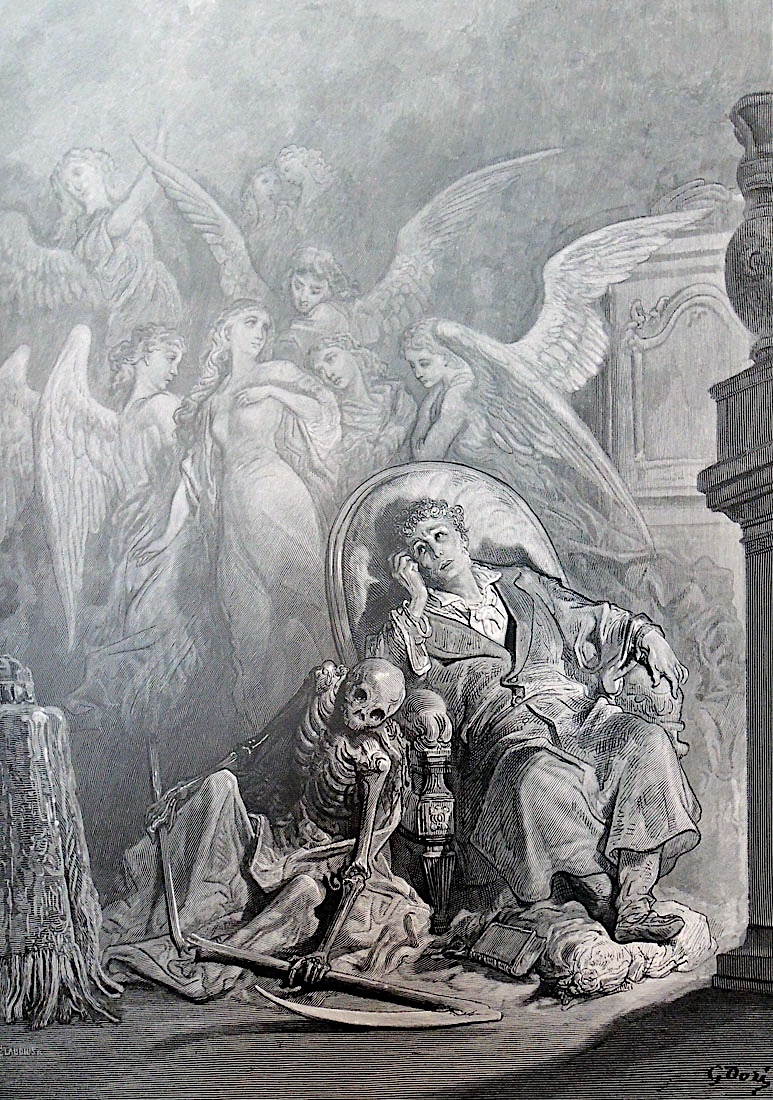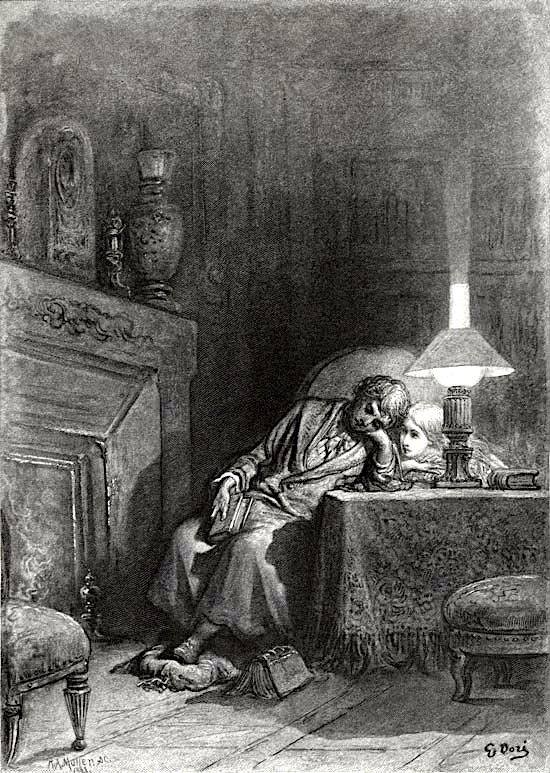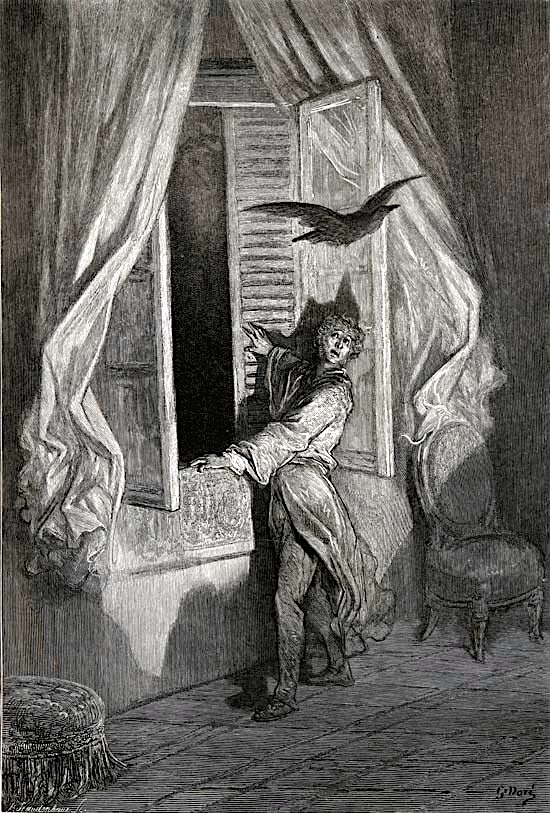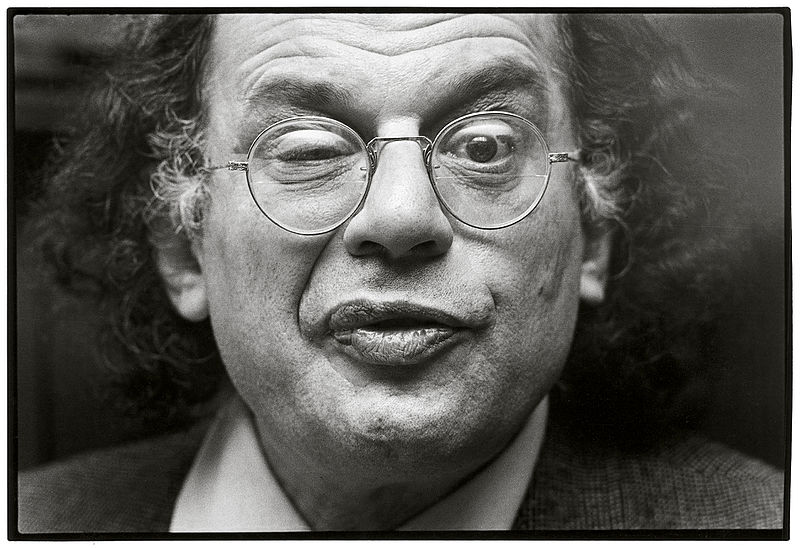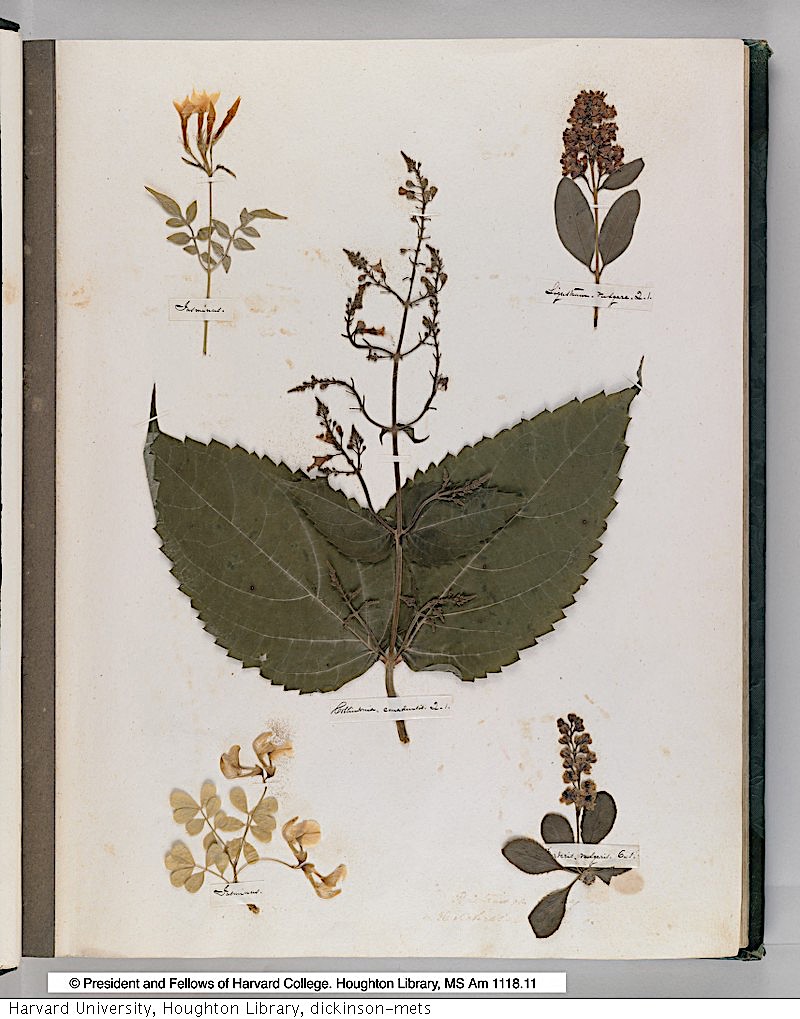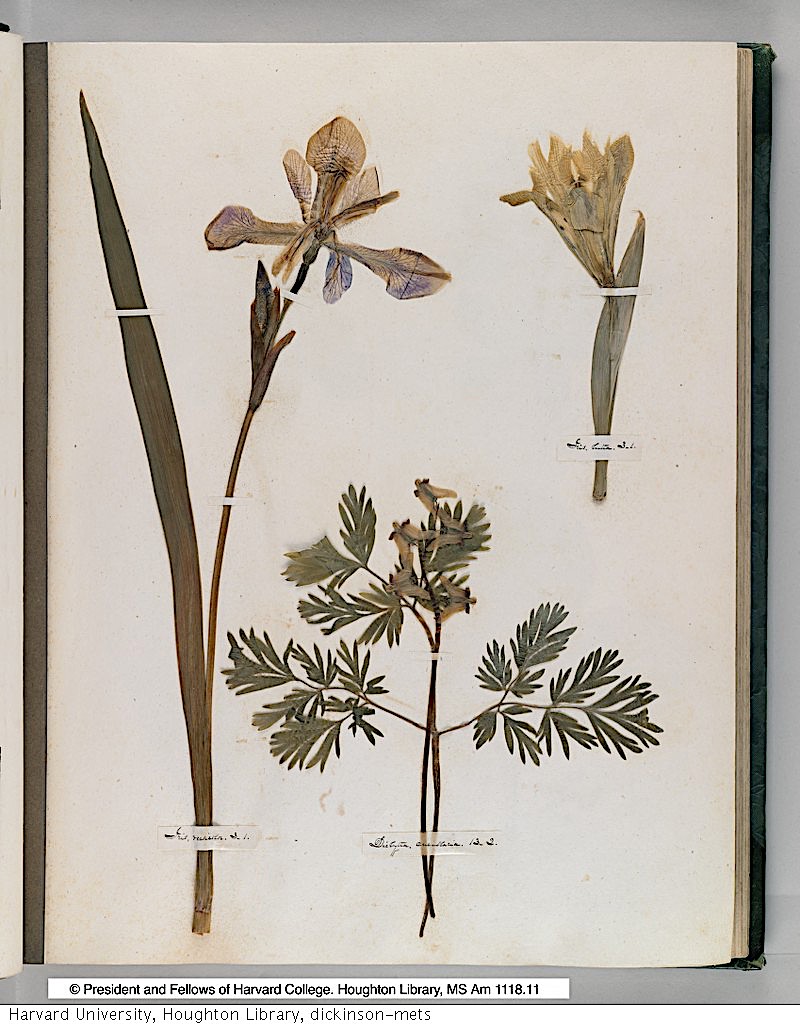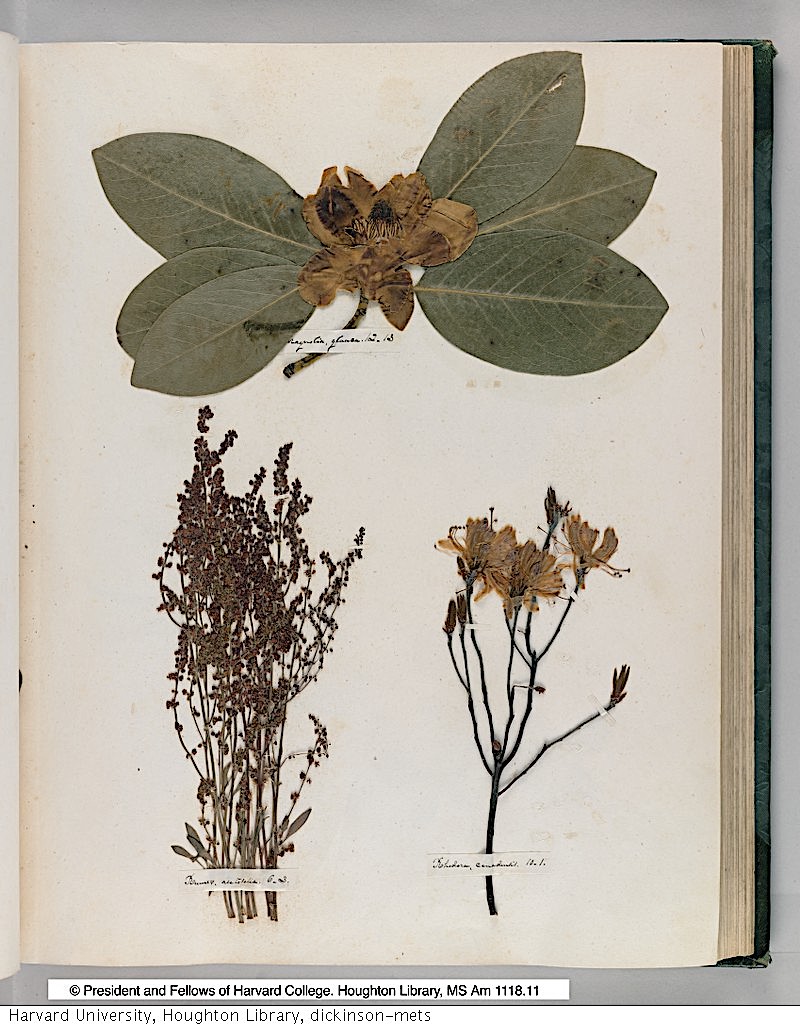Note: With the sad passing of James Earl Jones, at age 93, we’re bringing back a post from our archive–one featuring Jones reading two great American poets, Edgar Allan Poe and Walt Whitman. These readings first appeared on our site in 2014.
For all its many flaws the original Star Wars trilogy never strayed too far afield because of the deep well of gravitas in James Earl Jones’ voice. The ominous breathing, the echo effect, and that arresting baritone—no amount of dancing Ewoks could take away from his vocal performance. And though Jones’ expressive face has also carried many a film, his unmistakable voice can give even the silliest of material the weight of an oil tanker’s anchor. So then imagine the effect when Jones reads from already weighty literature by Edgar Allan Poe and Walt Whitman? “Chills” only begins to describe it. Just above, hear him read Poe’s “The Raven,” a poem whose rhymes and sing-song cadences conjure up the mad obsession that materializes as that most portentous and intelligent of all the winged creatures.
While Vader and Poe seem like natural companions, the reading by Jones above of selections from Whitman’s “Song of Myself” also makes perfect sense. As comfortable on the stage as he is before the cameras, Jones has an excellent ear for the Shakespearean line, clearly good preparation for the Whitmanian, an “operatic line,” writes The Broken Tower, “due to its brea(d)th.” In the truth Whitman sings in his expansive transcendental poem, “the body, the body politic, and the nation’s body, are all literally the stuff of the universe, stardust smattered and strewn from the unifying explosion of our shared origin.” There are few readers, I aver, who could hold such “stuff” together with the strength and depth of voice as James Earl Jones. The recording above, of sections 6–7 and 17–19, comes from a reading Jones gave in October of 1973 at the 92nd St. Y. Below, hear the complete recording, with several more stanzas. Jones begins at the beginning, rumbling and bellowing out those lines that transmute egotism into magisterial, selfless inclusivity:
Related Content:
Darth Vader’s Voice: The Original Voice Versus the Vocals of James Earl Jones
James Earl Jones Reads Othello at White House Poetry Jam
Watch Stars Read Classic Children’s Books: Betty White, James Earl Jones, Rita Moreno & Many More
Josh Jones is a writer and musician based in Durham, NC. Follow him at @jdmagness

